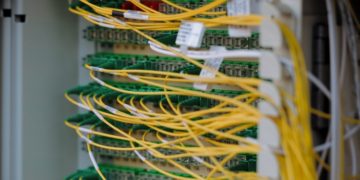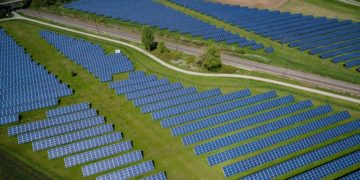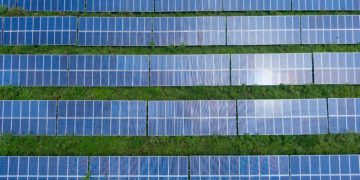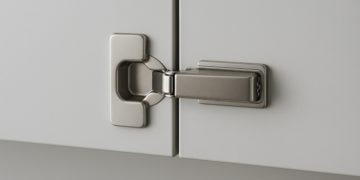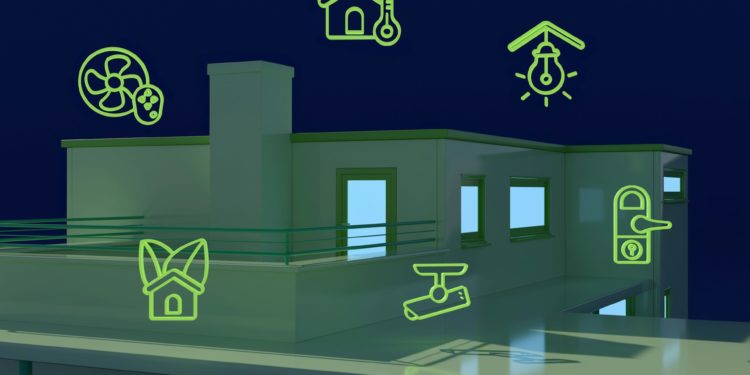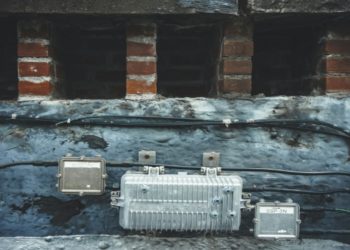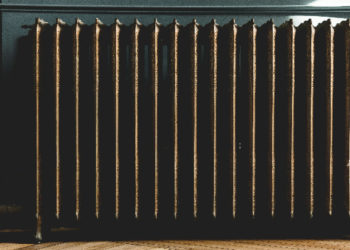Home energy upgrades can lead to significant energy savings, improved indoor air quality, and a lower carbon footprint. However, as with any other home improvement project, these upgrades come at a cost in terms of time, effort, and resources. As such, it’s essential to approach this move strategically and know what to prioritize.
This guide aims to help you make your home more energy-efficient while maximizing your cost savings. Keep reading to learn more!
1. Start with an Energy Audit
Are you ready to give your home an energy-efficient do-over? First things first: You need a professional energy audit. This audit gives you a thorough breakdown of how your home uses energy and points out exactly where you can make some upgrades. By identifying these key areas, you can focus on creating efficient home upgrades that will make the most impact.
To get a professional audit, you can consult with companies like Fairway Energy, which specializes in installing energy-saving home solutions. What sets Fairway Energy apart, however, is that they offer their services free of charge to eligible households. This is made possible by government grants, which give qualified homeowners across the United Kingdom a 100% free energy-efficient home upgrade through the said company.
2. Prioritize the Most Effective Home Energy Upgrades
After your energy audit, you’ll have a list of areas to improve. To really maximize your energy upgrades, zero in on the changes that provide the most notable boosts in energy savings and comfort. Some of the most common energy-efficient home improvements include:
- Insulation and Air Sealing: Good insulation and sealing up any air leaks can boost your home’s energy efficiency. It helps keep the heat in during winter and makes your place cooler in the summer without overworking your temperature-regulating systems.
- Upgrading to Energy-Efficient HVAC Systems: Installing a heat pump or central air conditioner with a high Energy Star rating can lower energy costs and improve home comfort.
- Switching to Double-Glazed Windows: Replacing old windows with double-glazed windows improves your home’s energy efficiency by reducing heat loss and minimizing drafts. These windows also enhance indoor comfort and help lower your heating and cooling costs. With this change alone, you can save up to £145 in energy bills annually.
By focusing on these high-impact energy upgrades, you can significantly reduce your energy use and enhance your home’s overall comfort. Prioritizing these improvements will not only lead to immediate energy savings but also long-term reductions in your energy costs.
3. Renewable Energy Options and Clean Energy Upgrades
Using sustainable power from solar panels can help make your home more independent from fossil fuel energy, which ultimately minimizes your carbon footprint. Clean energy systems also decrease energy bills while increasing your home’s overall value. Meanwhile, smart home technology, such as smart thermostats and LED lighting, provides greater control over your energy use and leads to further cost savings.
- Solar Panels: Installing solar panels can truly transform how much you save on energy. They turn sunlight into electricity, helping to lower your energy costs and lessen your dependence on the regular power grid.
- Heat Pump Water Heaters: A heat pump water heater uses electricity more efficiently to heat water, saving energy and reducing your home’s environmental impact.
- Source Heat Pump: Consider a source heat pump to efficiently heat and cool your home by transferring heat between the air and ground, making it one of the most energy-efficient home upgrades available.
Embracing renewable energy options and clean energy upgrades can dramatically decrease your reliance on fossil fuels while boosting your home’s efficiency. These investments not only lower your energy bills but also contribute to a greener, more sustainable future.
4. Improving Indoor Air Quality and Comfort
Energy-efficient home upgrades do more than reduce energy bills; they also improve the comfort and health of your living space. Improving your home’s insulation and sealing up any air leaks boosts the air quality inside and helps cut down on allergens.
Additionally, installing a smart thermostat will make it easier to maintain the ideal temperature in your home year-round. The benefits extend beyond energy savings, as this upgrade also helps lower maintenance costs and prolong the lifespan of your HVAC system.
Conclusion
Home energy upgrades are an excellent way to enhance the efficiency, comfort, and value of your property. Starting with a detailed energy audit and prioritizing the most impactful upgrades will help you create a more energy-efficient home. Don’t forget to take advantage of tax incentives, home energy rebates, and the residential clean energy credit to maximize your savings.
Every little move you make toward being more energy-efficient helps reduce your carbon footprint, saves you money on energy bills, and benefits the planet. Whether you’re installing solar panels or upgrading your HVAC system, each decision brings you closer to a more sustainable and energy-efficient home.







